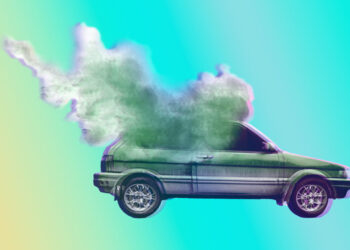Flagged for Sexual Misconduct, Many Uber Drivers Stay on the Road
Over 15 days in February 2023, Uber received three increasingly alarming reports about one of its drivers in Pennsylvania. One...
3 New Tricks to Try With Google Gemini Live After Its Latest Major Upgrade
Gemini Live is the more conversational, natural language way of interacting with the Google Gemini AI bot using your voice....
The U.S. vaccine schedule is a jet engine. Denmark’s is a toy plane.
Demetre C. Daskalakis is former director of the Centers for Disease Control’s National Center for Immunization and Respiratory Diseases. Imagine...
Everyone wants a piece of the latest hedge-fund gold rush — and insiders say next year the frenzy will accelerate
ValentynVolkov/Getty ImagesSeparately managed accounts in the hedge fund industry boomed in 2025.Insiders say demand will only accelerate the trend in...
The most volatile group of voters is turning on Trump
Key takeaways After young voters swung toward Republicans in 2024, one popular explanation argued that there are two distinct kinds...
States made marijuana use legal. Now they should get it off the road.
Keith Humphreys is a professor of psychiatry at Stanford University. Beau Kilmer is co-director of the Rand Drug Policy Research...
D.C. customers face nearly 13 percent hike on gas bills this winter
More than 2 million residential customers in the D.C. region will see higher monthly bills for natural gas this winter....
GlamourGals bring more than manicures to nursing home visits
Thelma Swana’s advice for a good life is simple: Decide what you want to be and don’t worry about love...
Experts Question Denmark’s Vaccine Program as a Model for the U.S.
The United States, a nation of 343 million people with a complex and overburdened health care system, is poised to...
The New Surveillance State Is You
Privacy isn’t dead. Just ask Kristi Noem. The Department of Homeland Security secretary has spent 2025 trying to convince the...














